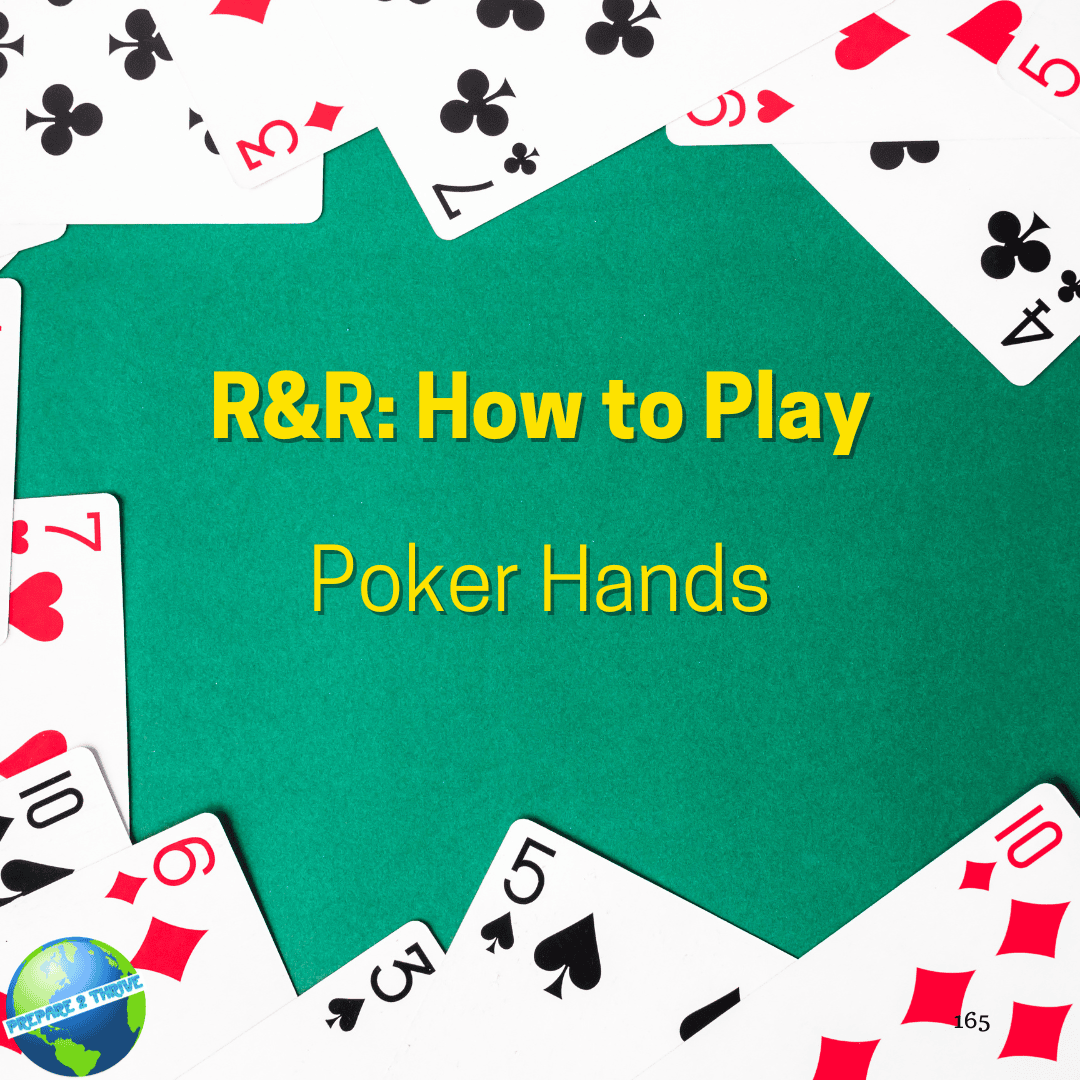Poker hands are ranked based on the combination of cards a player holds. Here are the standard poker hand rankings from the highest to the lowest:
-
Royal Flush:
- A, K, Q, J, 10, all of the same suit.
- The highest-ranking hand, unbeatable in standard poker.
-
Straight Flush:
- Five consecutive cards of the same suit.
- For example, 9, 8, 7, 6, 5 of Hearts.
-
Four of a Kind (Quads):
- Four cards of the same rank.
- For example, four Kings and any other card.
-
Full House:
- Three cards of one rank and two cards of another rank.
- For example, three Jacks and two Fives.
-
Flush:
- Five cards of the same suit, not in consecutive order.
- For example, 10, 7, 6, 4, 2, all of Diamonds.
-
Straight:
- Five consecutive cards of different suits.
- For example, 9, 8, 7, 6, 5 of mixed suits.
-
Three of a Kind (Trips or Set):
- Three cards of the same rank.
- For example, three Queens and two unrelated cards.
-
Two Pair:
- Two sets of pairs.
- For example, two Kings, two Nines, and an unrelated card.
-
One Pair:
- Two cards of the same rank.
- For example, two Tens and three unrelated cards.
-
High Card:
- The highest card in your hand when no other hand is made.
- If no player has a pair or better, the highest card(s) in your hand determine the winner.
The player with the highest-ranking hand wins the pot. If two or more players have the same hand (e.g., both have a pair of Aces), the winner is determined by the kicker (the highest unpaired card) and, if necessary, the second kicker.
It's essential to understand the poker hand rankings, as they form the basis for evaluating the strength of your hand and making betting decisions. Keep in mind that some poker variations may have unique hand rankings or special rules, so it's important to be aware of the specific rules of the game you are playing.
